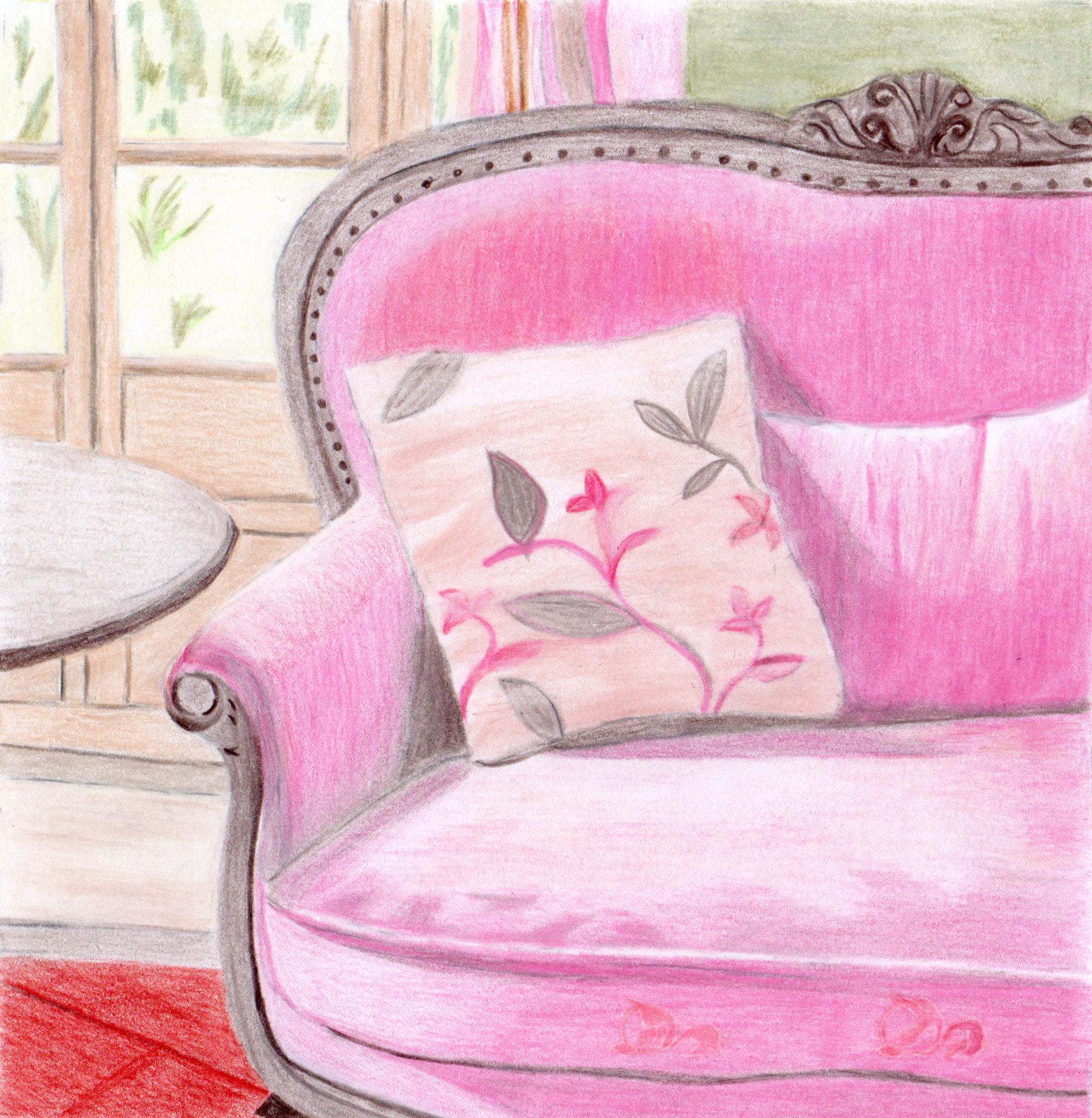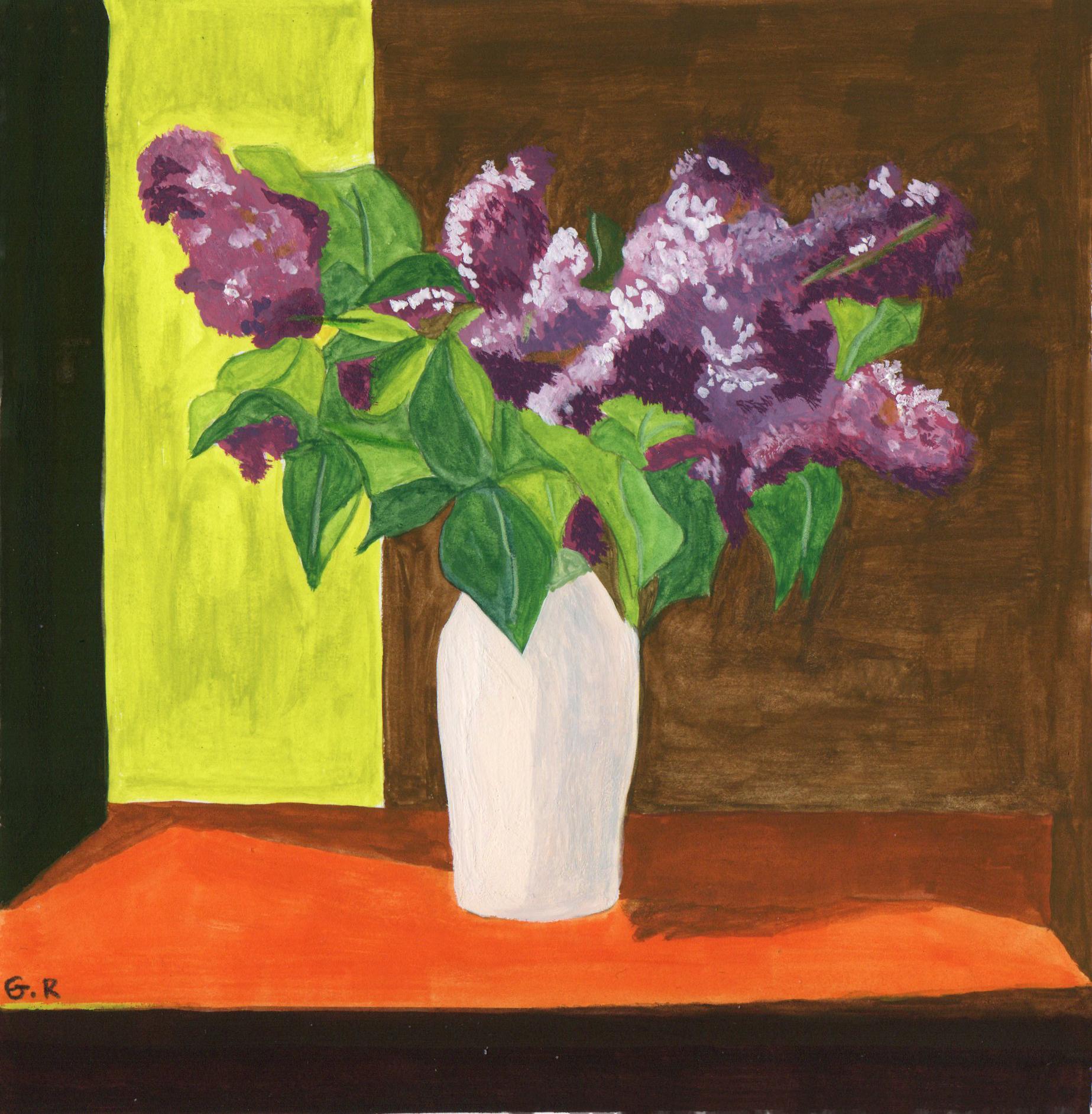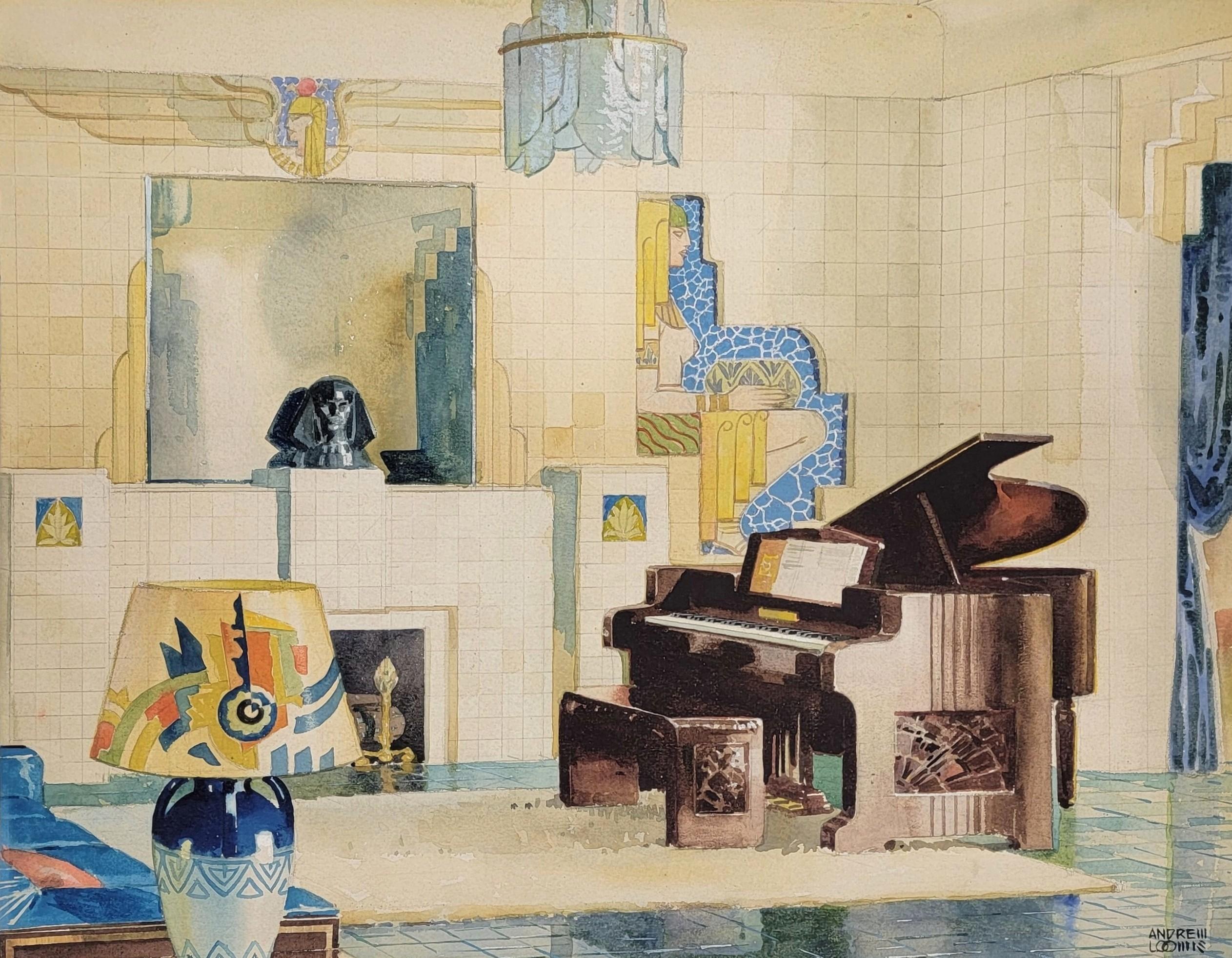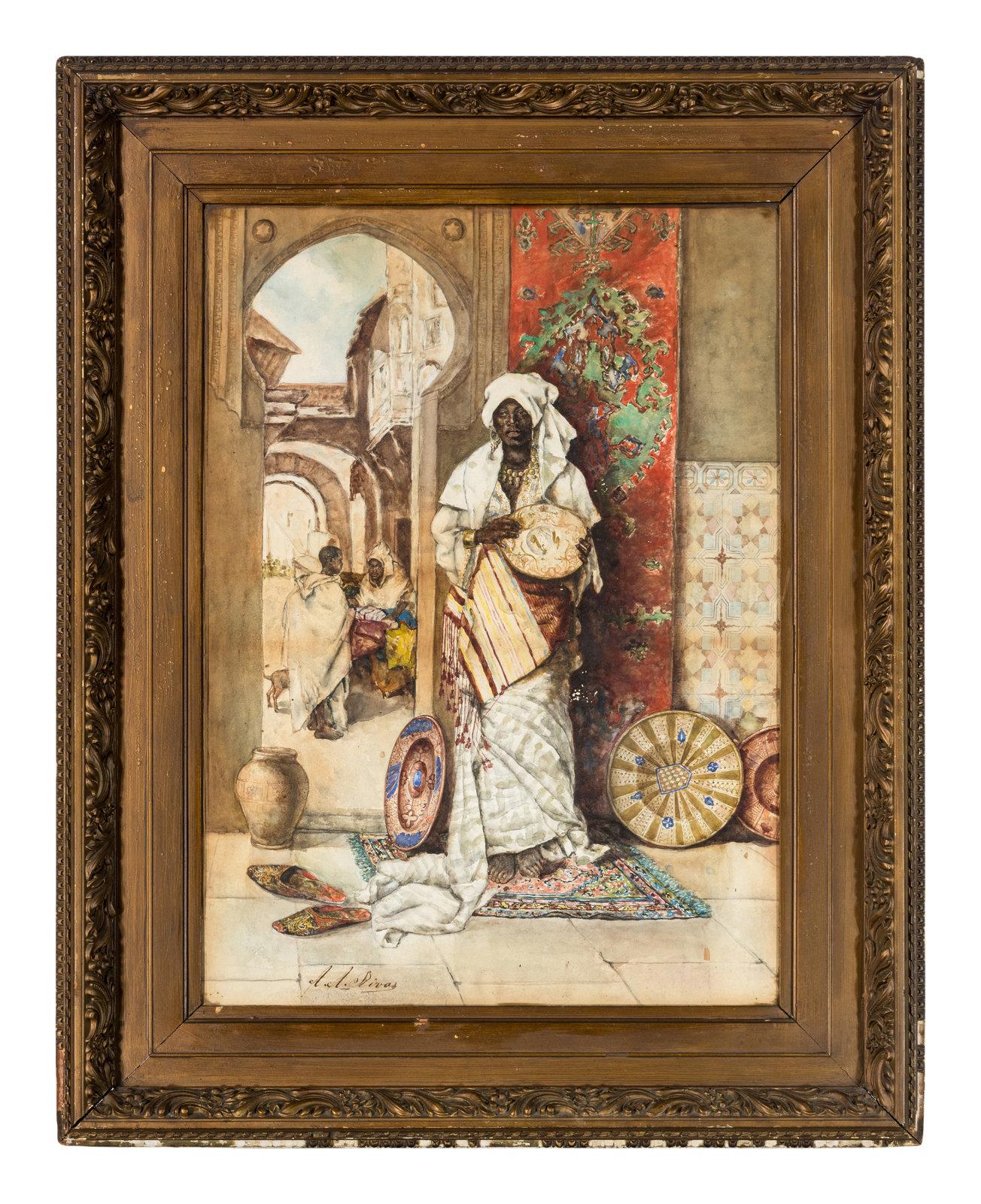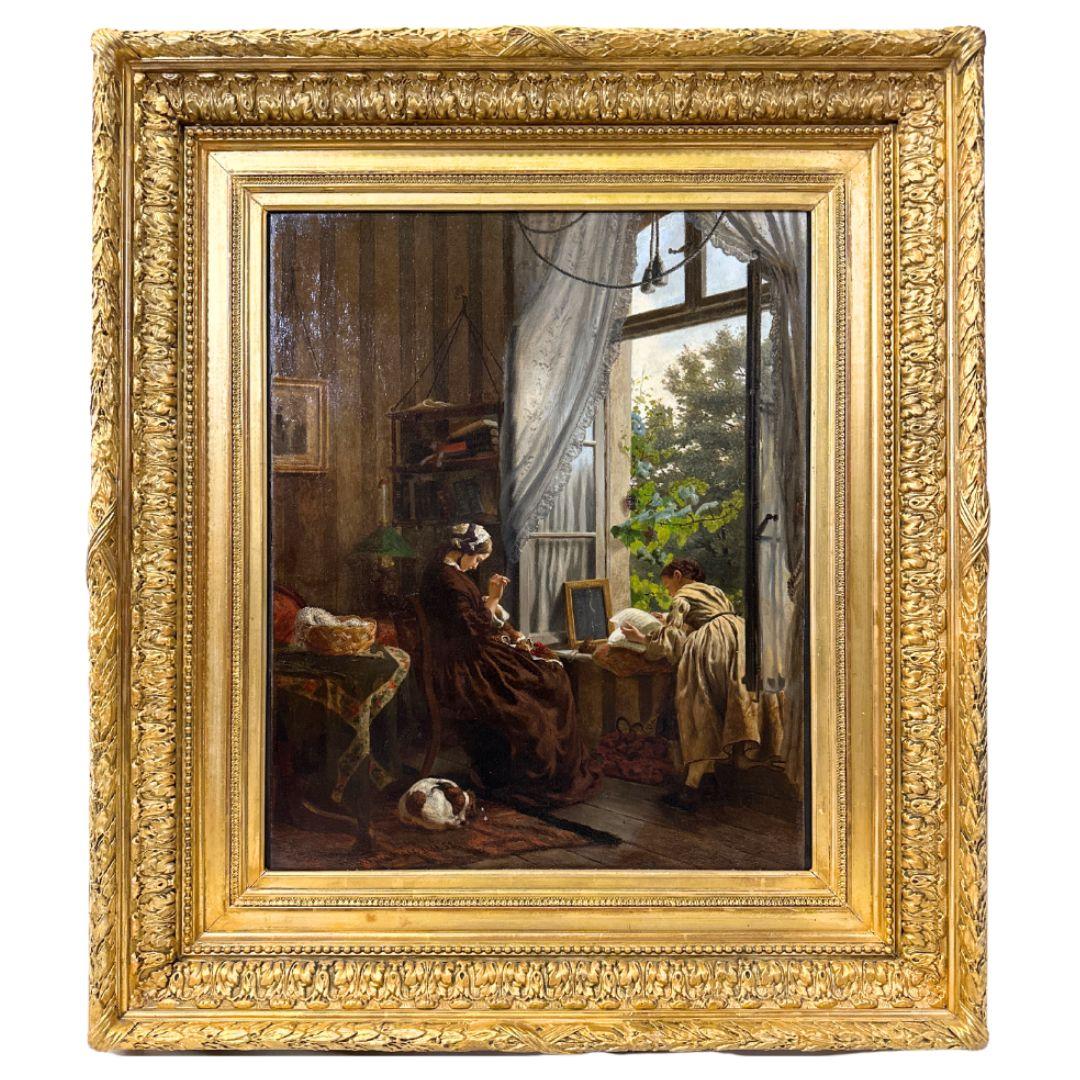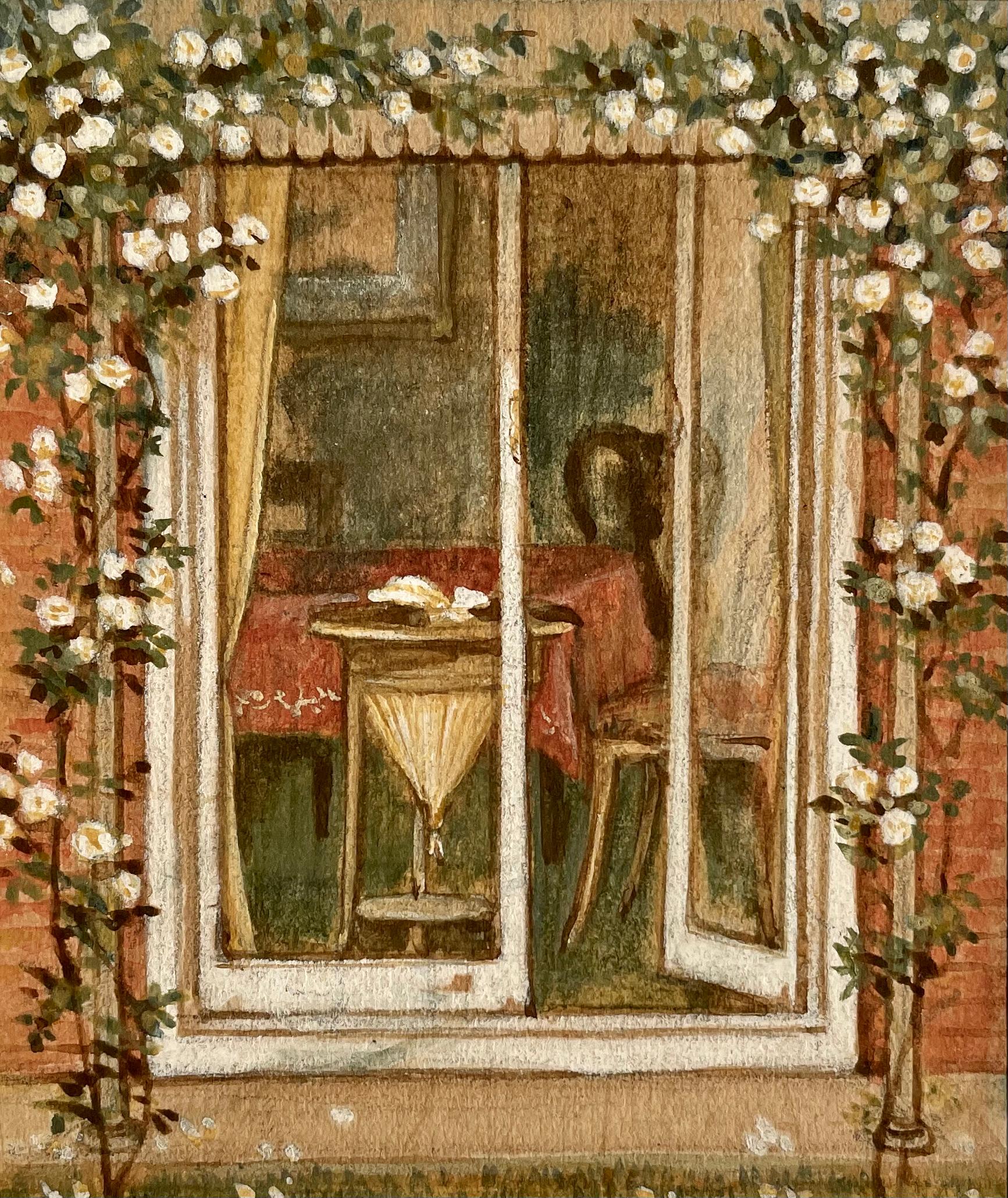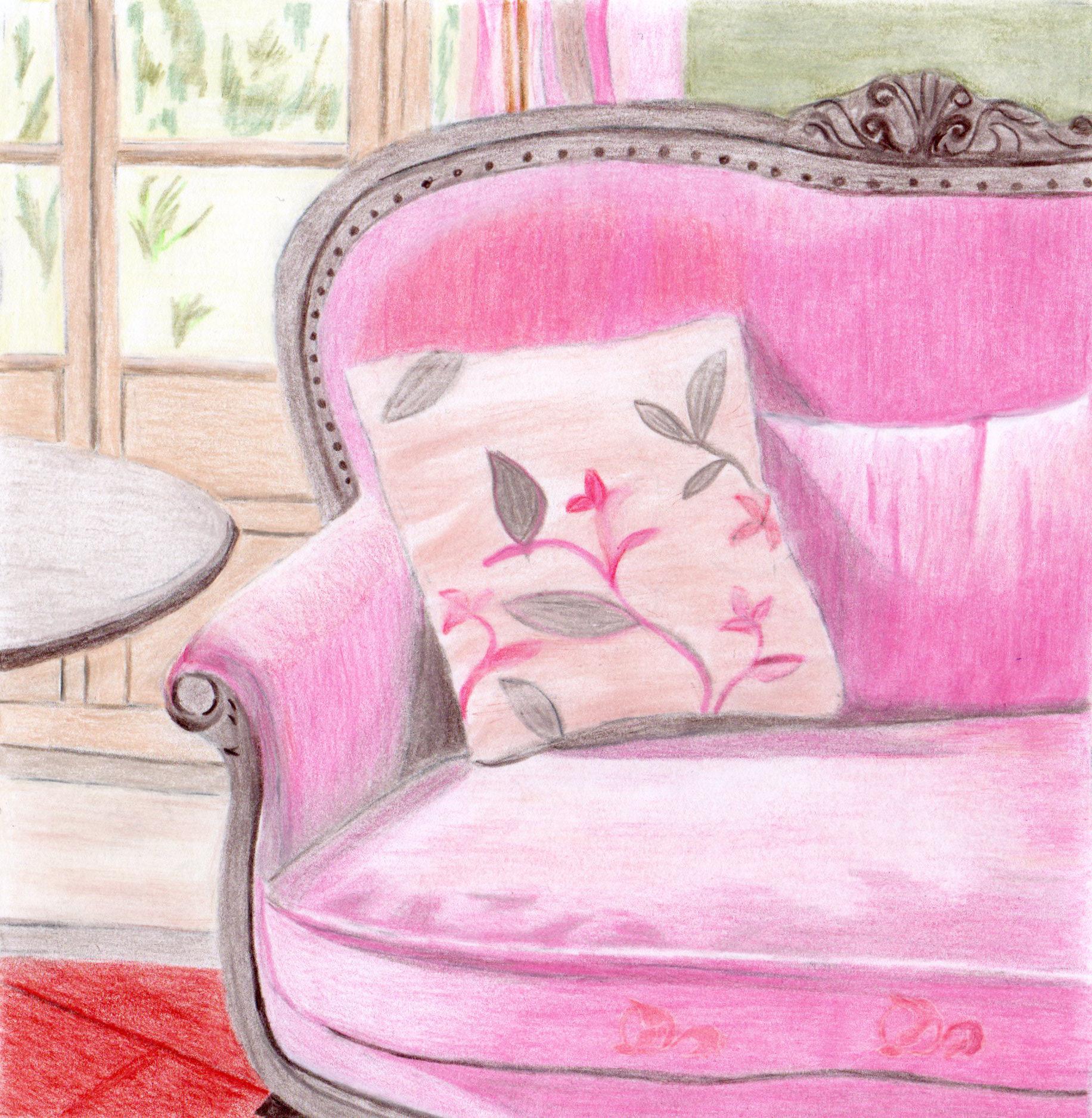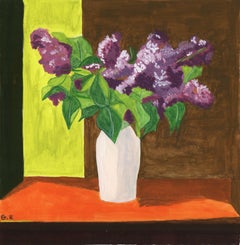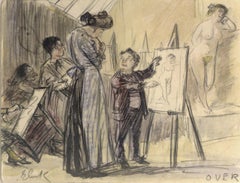
Untitled - Interior of a cobbler's workshop.
1 of 4
Hendrik van der BurghUntitled - Interior of a cobbler's workshop.Circa 1800
Circa 1800
About the Item
- Creator:Hendrik van der Burgh (1769 - 1858, Dutch)
- Creation Year:Circa 1800
- Dimensions:Height: 10.63 in (27 cm)Width: 15.12 in (38.4 cm)
- Medium:
- Period:1800-1809
- Condition:Paper somewhat browned. Signature has been partly erased. General age-related toning and/or occasional minor defects from handling.
- Gallery Location:Zeeland, NL
- Reference Number:Seller: 49103 - LA-Expo-P4-061stDibs: LU59231758483
You May Also Like
- Intérieur Provence, Realistic Figurative original Drawing, Colorful, InteriorLocated in AIX-EN-PROVENCE, FRColoured Pencils and pastel on Hahnemühle paper - Realistic Figurative original Drawing, Colorful, Interior. Work Title : Intérieur Provence Artist : Gabriel Riesnert...Category
21st Century and Contemporary Contemporary Interior Drawings and Waterco...
MaterialsWatercolor, Archival Paper, Color Pencil, Pastel
- Vase with lilac, Still-Life Watercolor, Interior, FlowersLocated in AIX-EN-PROVENCE, FRWork : Original Drawing, Handmade Artwork, Unique Work. The work has been treated with an anti-UV varnish and it is not framed. Medium : Watercolour on Hahnemühle Fine Art paper 300Gsm Artist : Gabriel Riesnert...Category
21st Century and Contemporary Contemporary Landscape Drawings and Waterc...
MaterialsArchival Paper, Watercolor
- William Glackens Watercolor on Paper, "Criticizing Ernest Lawson’s Art Class"By William GlackensLocated in New York, NYWilliam Glackens, 1870-1938 Criticizing Ernest Lawson’s Art Class, ca. 1907 Watercolor and pencil on paper Signed (at lower left): Glackens Inscribed ...Category
Early 1900s Figurative Drawings and Watercolors
MaterialsWatercolor
- Man sitting in the studio - Thinking about art -Located in Berlin, DEAdolph Eduard Otto von Faber du Faur (1828 Ludwigsburg - 1901 Munich). Man sitting in the studio. Watercolour painting, 43 x 27 cm (visible size), 73 x 53 cm (frame), monogrammed at lower right, estate stamp. Upper right corner neatly repaired, small tear in the wall to the left of the sitter. - Thinking about art - About the artwork The sitter, an elderly man, is seated in a studio on a pedestal reminiscent of an academy hall. The earthy, dark tones give the scene a weighty quality. The lightest tones are found in the incarnate parts of the figure, which do not stand out from the other colours of the picture, but are linked to them. As a result, the sitter's face is both part of and the highlight of the colour references in the picture. The colour of the sitter's skin is reflected in his pink coat, while his white-grey hair matches the colour of the wall next to him. This almost monochrome wall surface, in turn, is connected across the portrait to the framed picture standing on the floor, which seems to have been erased by this correspondence with the empty wall surface. Through the palette, which is positioned directly behind the sitter's head, the reference to painting, which is already given by the studio space, is explicitly linked to the sitter, who thus seems to be contemplating the question of the meaning of art. This raises the question of whether Faber Du Faur, who had become lonely in his old age, might have painted a self-portrait here in his later years. In addition to the studio setting, the sitter's explicit reference to the palette and the fact that the picture was part of his estate, the only summary elaboration of the body suggests a self-portrait, while the representation of the face is concretised with the wide-open eyes typical of a self-portrait. This concentration on the face gives the impression of the artist's melancholy introspection, captured by the palette and related to the meaning of painting, whose dark character is reinforced by the concealment of the palette hanging on the right of the picture in the light tones so characteristic of Faber Du Faur. In the course of this resignation, Faber du Faur advises his son Hans, who has also become a painter: "Promise me one thing: never move to Munich, they'll kill you here!" Whoever the sitter may be, the references to painting make the portrait a resigned self-contemplation by Faber Du Faur, focused on art. About the artist After leaving school, Otto Faber du Faur entered the service of the Württemberg army, at the same time cultivating his artistic talent. In 1851, on the recommendation of his father Christian Wilhelm, who was himself a battle painter, he spent six months in Munich as an apprentice to Alexander von Kotzebue. In 1852 he was granted a year's leave of absence from military service to study battle painting in the studio of Adolphe Yvon...Category
1890s Realist Portrait Drawings and Watercolors
MaterialsWatercolor
$831 Sale Price20% Off - Mosaic Tiles 1930 by Andrew Loomis, American Home Magazine Illustration Art DecoBy Andrew LoomisLocated in Grand Rapids, MIAndrew Loomis (American, 1892-1959) Signed: Andrew Loomis (Lower, Right) " Mosaic Tiles " 1930 16 1/2" x 21" Watercolor with Graphite and Gouache on Illustration Board Overall S...Category
20th Century Art Deco Interior Drawings and Watercolors
MaterialsWatercolor, Gouache, Graphite
- Antique 19th Century Realism Orientalist Watercolor Paper on BoardBy Antonio RivasLocated in Jacksonville, FLArabian Charger Seller" by Antonio Rivas (Spanish, 1845-1911) stands as an exquisite example of Orientalism, a 19th-century artistic movement that sought to depict the rich and diverse cultures of the East. Rivas, a master of his craft, delves into this genre with a keen eye for detail and a dedication to authenticity that brings the scene to life. In this antique watercolor on paper...Category
19th Century Realist Figurative Drawings and Watercolors
MaterialsLaid Paper, Board, Watercolor
Recently Viewed
View AllMore Ways To Browse
19th Century Watercolours Of Interiors
Architectural Drawings Cathedrals
Church Dome
Church Interior Watercolor
Window Drapes
Antique Media Center
St Marks Cathedral
William Henry Jewelry
Vintage U S Postage Stamps
Leads Castle
Antique Jewellery Liverpool
Catherine Of Siena
Siena Palio
M Dick
Tudor Glass Window
Ertes 5
Tudor Stained Glass
Palio Di Siena
